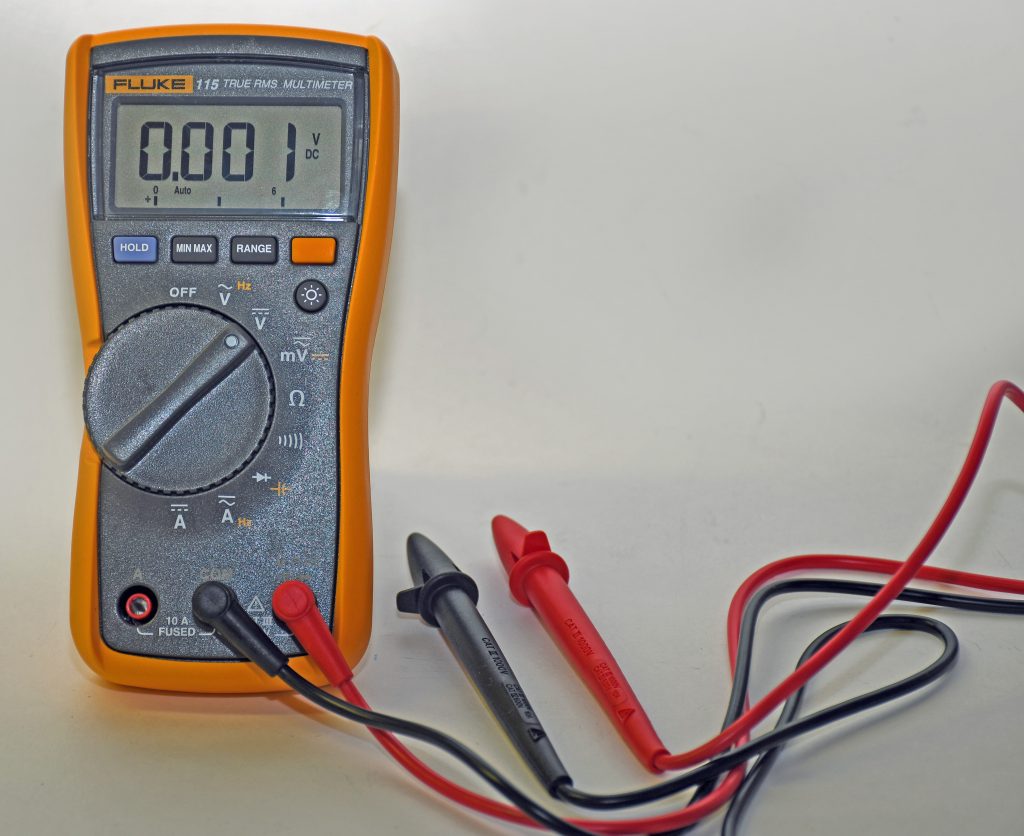
An extremely useful and versatile tool that doesn’t get much attention is an electrical multimeter. While analog handheld multimeters have been around for decades, today’s digital models are much more capable.
And despite a wide range of features, these new multimeters often have a lot in common, like the ability to measure voltage (voltmeter), current (ammeter), and continuity and resistance (ohmmeter). As you move up the technology ladder, features and capabilities increase. The price probably will too.
Speaking of price, there are plenty of affordable multimeters out there, while more advanced professional shop models can cost over $1,000. In between, there’s likely something for everyone.
What Should You Look for in a Multimeter?
First consider what you’re using it for. Typically, they’re most often used for electrical troubleshooting. For automotive use, a multimeter allows you to verify the existence or non-existence of voltage as well as the existence or non-existence of continuity. Those capabilities are included in virtually all of the meters on the market nowadays.
One major difference between the least expensive out there and the slightly more costly examples is the way it arrives at values. Basic multimeters must be set to a range of values. Let’s say you have a task where you need to check for voltage in a given wire in a wiring harness. Here you must set the range switch to the desired (closest) range to 12 volts (typically 20 volts or less). If the voltage you’re measuring is unknown, then it’s best to set the multimeter to the highest range and work your way down until you find a satisfactory reading.
On the flipside, a multimeter with “autoranging” allows you to simply flip the knob to volts (or current or resistance or whatever else you might be measuring). The multimeter with autoranging will internally determine the range.
Less costly multimeters might not be equipped with an audible tone (often a beep) to confirm continuity of a wire. But this is a great feature to have when you’re in cramped quarters such as lying under a dash trying to track down a broken wire in a harness. You often can’t do the job and look at the meter at the same time.
Better multimeters allow you to select readings for minimum, maximum, and average readings on whatever you’re measuring. This captures the input values and calculates the running average. Some meters will beep when a new high or low is detected. The meter will allow you to replay the captured readings.
Many multimeters allow you to test things like diodes and transistors and in some cases, capacitance. In an automotive application, the capacitance test can be used to check things like ignition point condensers.
What is a “True RMS” Multimeter?
This is primarily used for measuring AC waveforms. According to the folks from Fluke: “A more sophisticated true-RMS meter can accurately measure both pure waves and the more complex non-sinusoidal waves. Waveforms can be distorted by nonlinear loads such as variable speed drives or computers. An averaging meter attempting to measure distorted waves can be up to 40% low or 10% high in its calculations.” Bottom line here is, this is useful for alternating current (AC) applications, but for the average automotive user, maybe not so much.
Multimeters & Vehicle Sensors
Later model and/or higher tech automotive applications make use of sensors for things like crankshaft position, ABS brake wheel speed, and so on. Some of these sensors output a sinusoidal wave where the frequency varies with speed. Later, Hall Effect sensors were more commonly used. These sensors output a square wave. Basically, the signals aren’t static. Obviously, in order to test these sensors, you’ll need a multimeter capable of accurately identifying both sine wave and square wave signals along with their characteristics and then having the capability to accurately register what they’re seeing. Multimeters capable of doing this are sometimes sold as “automotive meters.”
Common Multimeter Layout & Controls
Most multimeters are laid out the same. The display is at the very top. Beneath it are the various option buttons (range, hold, min.-max.) and so on. Below that is the rotary dial that allows you to select the type of measurement and the beneath that are the sockets where the test probes attach. Some meters will have a backlight switch. Obviously, this allows you to view the meter in areas with dim light.
As you can see, multimeters are versatile tools. Once you have one, you’ll use it regularly. For a closer look, check out the pics below.
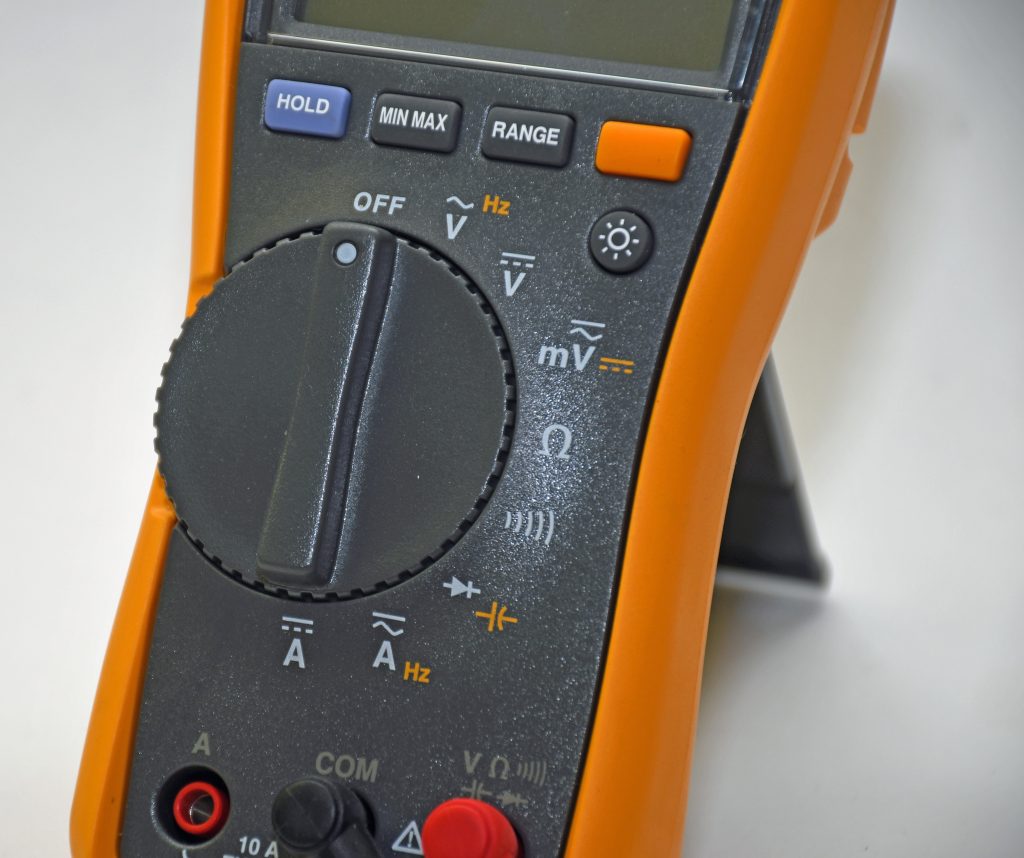
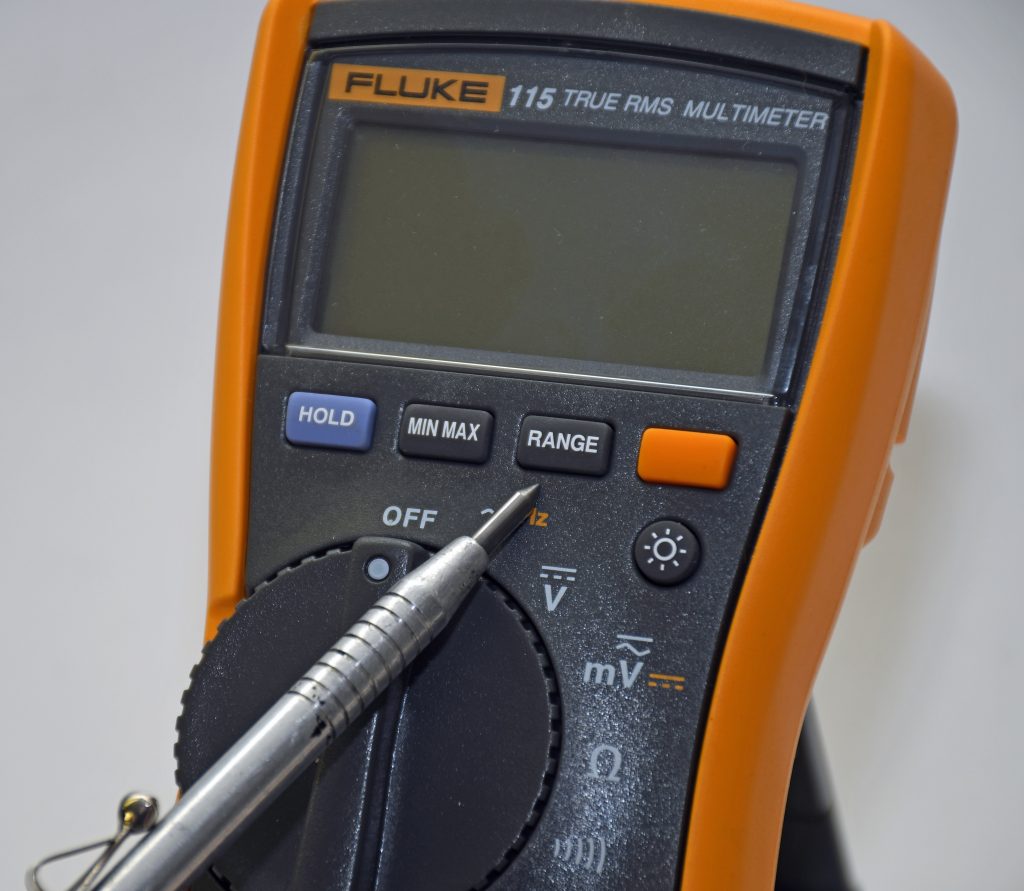
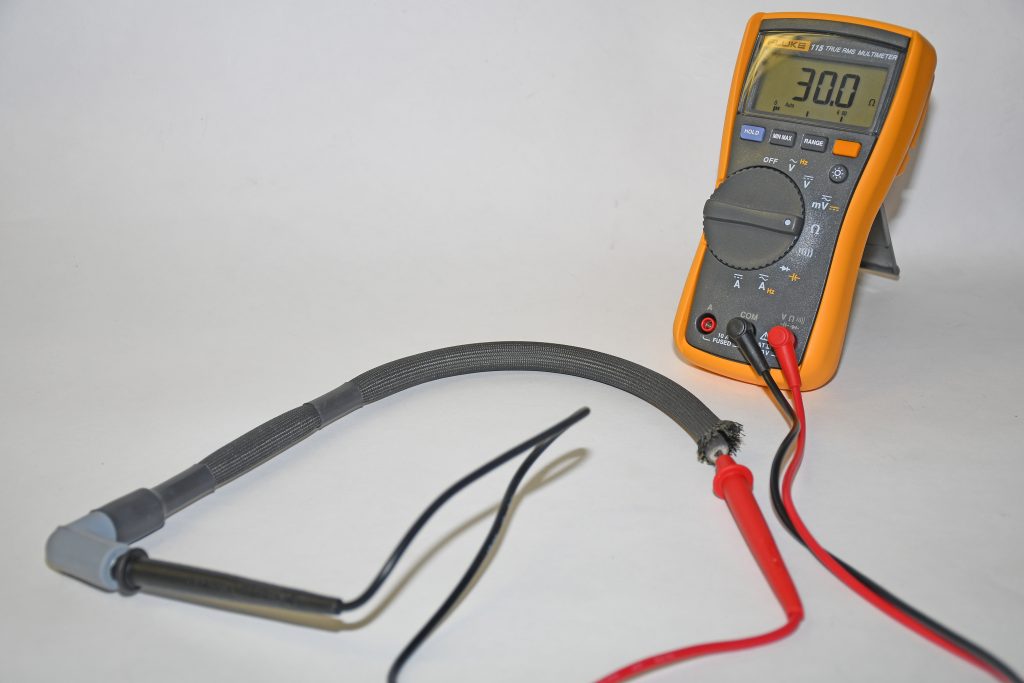
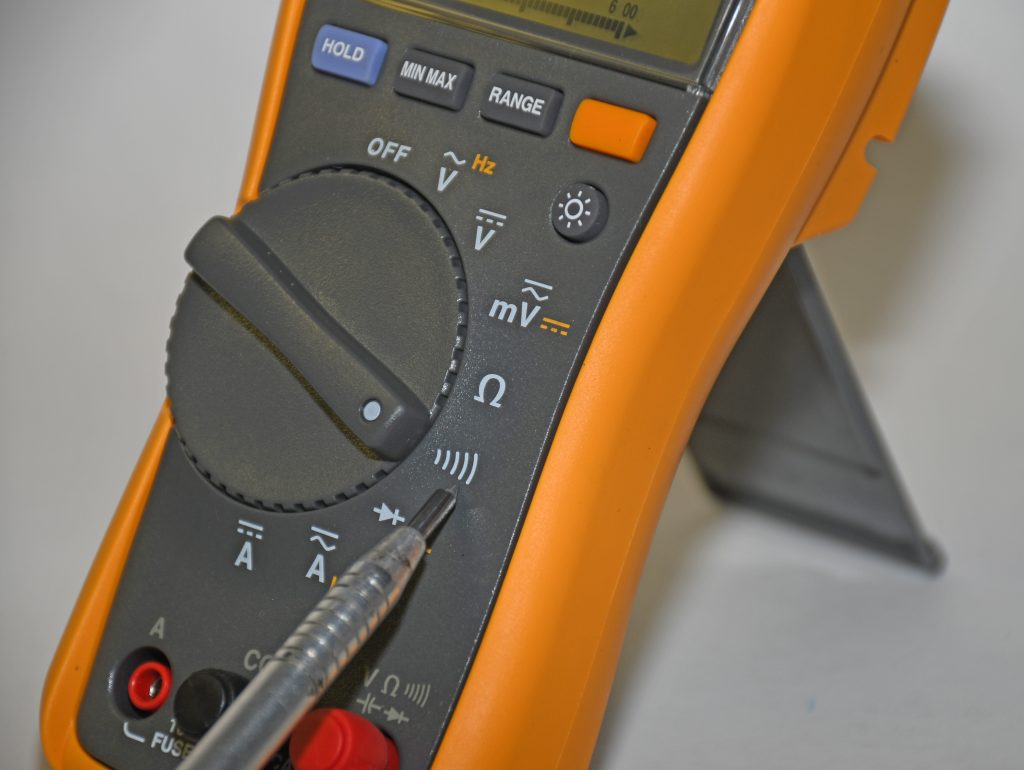

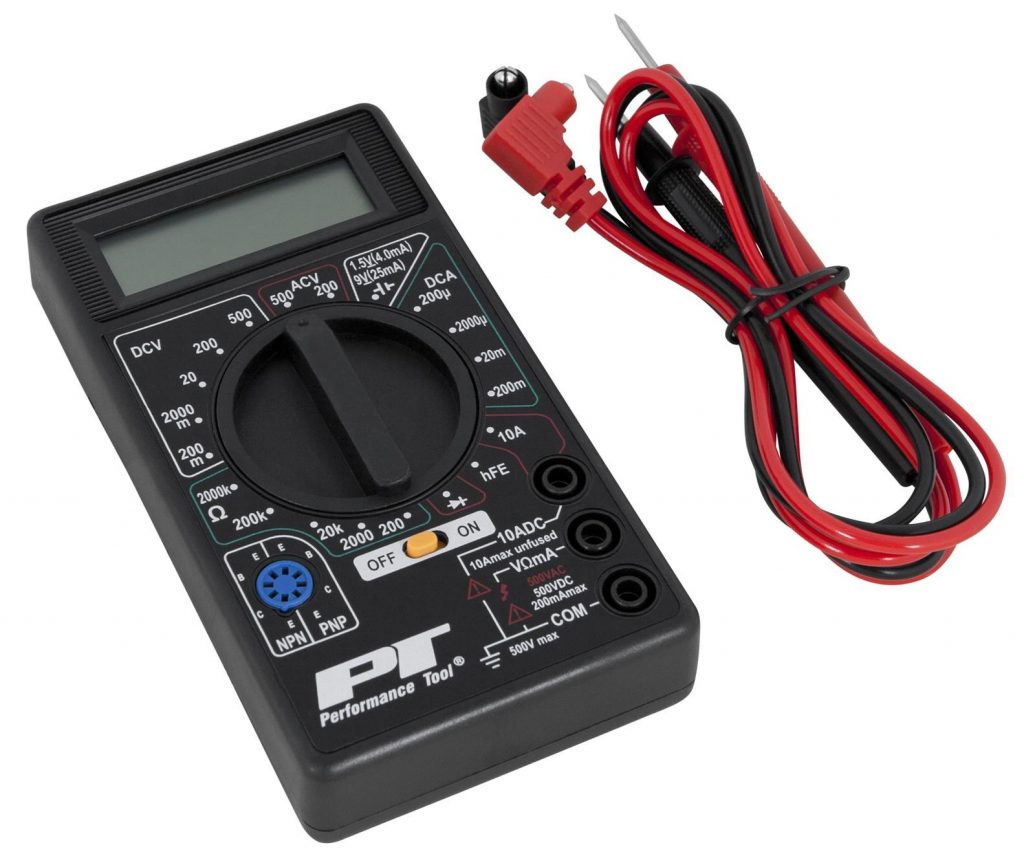
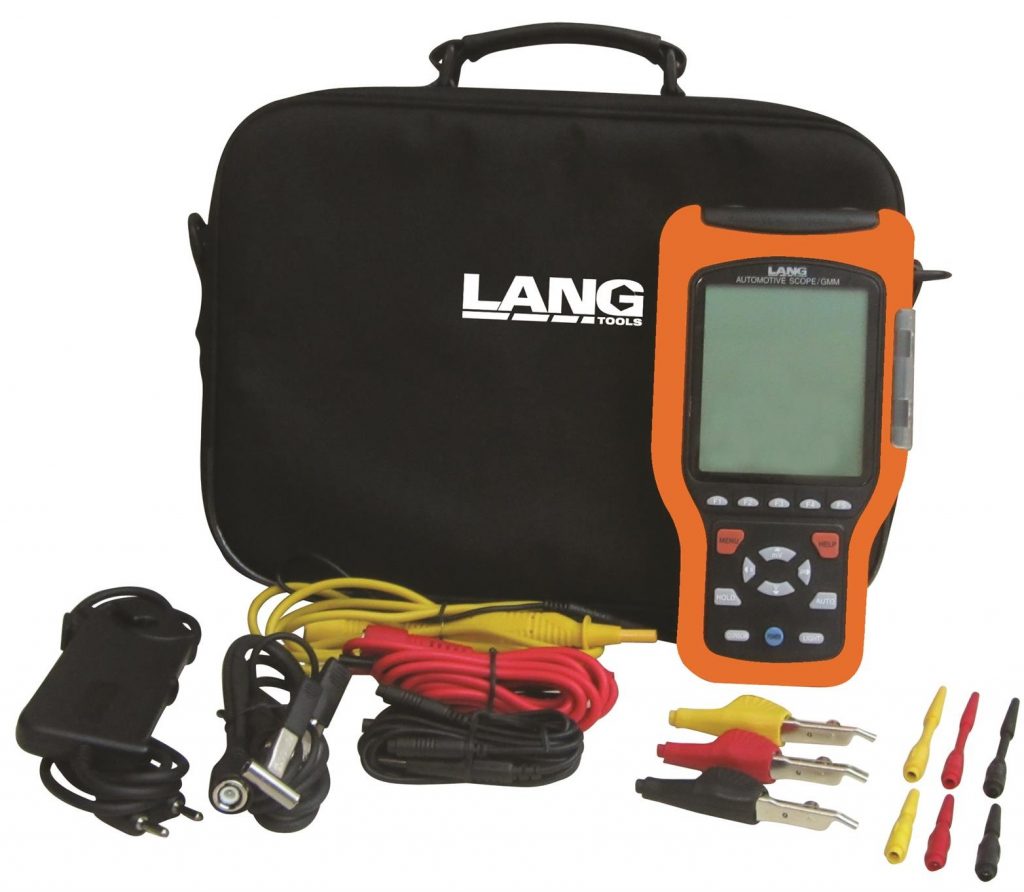
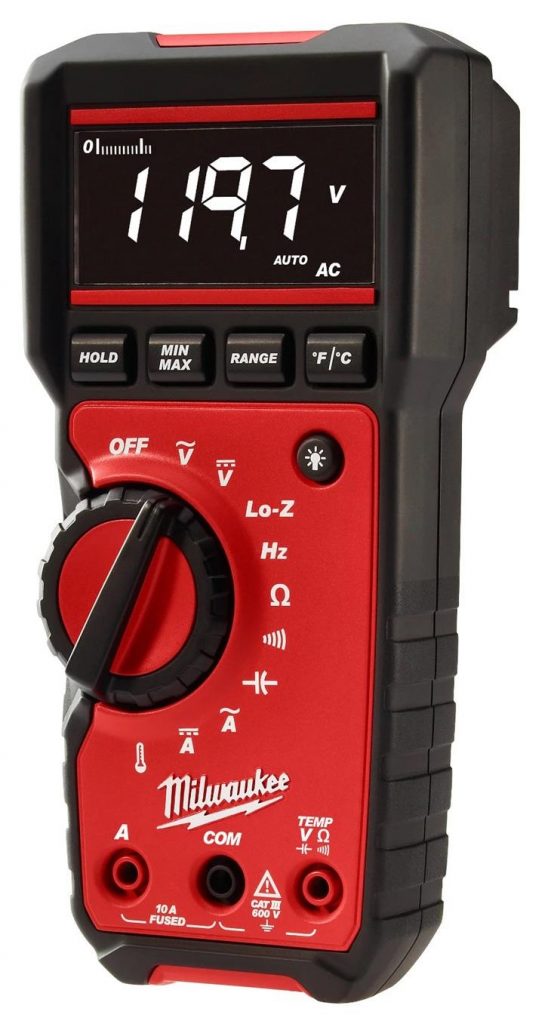
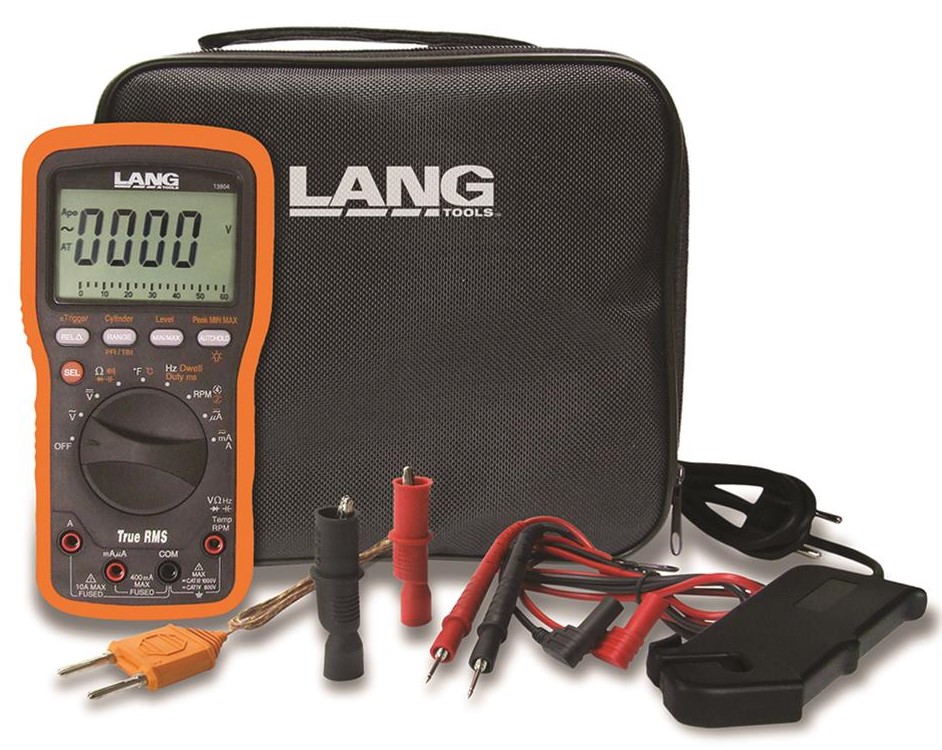
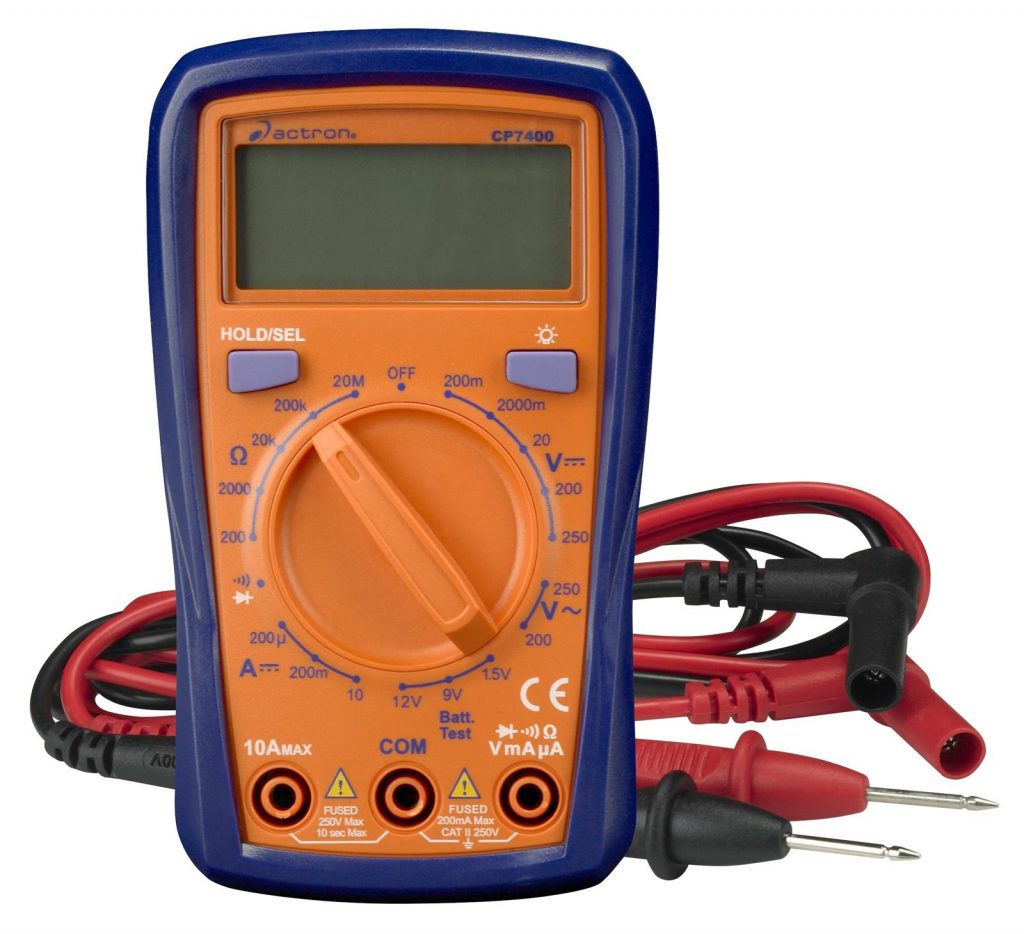

Comments